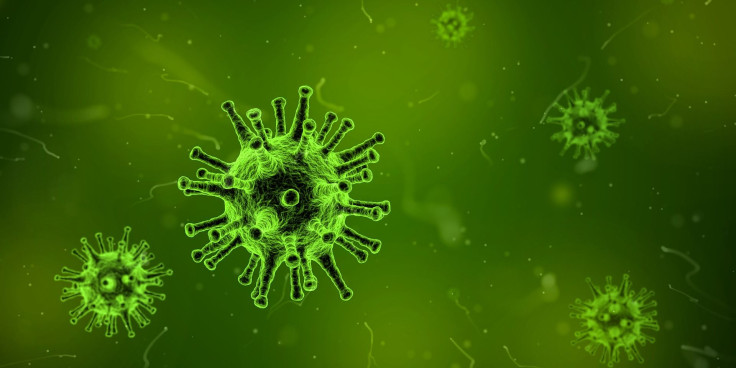This New Hand-Held Device Captures And Identifies Several Strains Of Viruses

KEY POINTS
- Approximately 1.67 million strains of viruses
- WHO says early detection can halt virus spread
- This hand-held device helps detect several strains of viruses
The researchers at the Penn State and New York University have developed a new hand-held device that captures and identifies several strains of viruses.
According to recent estimates, 1.67 million unknown strains of viruses are found in animals and many of them get transmitted to human beings. Some renowned strains of viruses such as the Zika, Ebola, and H5N1 have led to fatal consequences. The World Health Organization suggests that early detection of such viruses can prevent it from spreading by taking certain counteractive measures.
“We have developed a fast and inexpensive handheld device that can capture viruses based on size,” Penn State News quoted Mauricio Terrones, distinguished professor of physics, chemistry, and materials science and engineering at Penn State, “Our device uses arrays of nanotubes engineered to be comparable in size to a wide range of viruses. We then use Raman spectroscopy to identify the viruses based on their individual vibration.”
The device VIRRION can be used in different scenarios. For instance, farmers can use it to detect viruses in livestock in order to save herds from falling sick. Human beings can also be benefited by detecting viruses quickly, compared to the conventional methods which take several days. The device’s size and affordability make it reachable and useful in every doctor’s office, even in remote regions during disease outbreaks.
Conventional methods used currently need large and expensive pieces of equipment. But the researchers opine that the VIRRION is a tiny handheld device which is just a few centimeters across. They have added gold nanoparticles to enhance the Raman signal so as to help detect virus molecules even in extremely low concentrations.
The device also enables the rapid enrichment of virus particles from any sample- be it clinical or environmental. The device has several applications including emergence, discovery, and diagnosis of viruses. “ Eventually, we hope to use this device for the capture and sequencing of single virions, giving us a much better handle on the evolution of the virus in real-time," said Terrones.
The researchers synthesized a gradient of aligned carbon nanotube forest arrays that helps capture several types of viruses based on their size.
© Copyright IBTimes 2024. All rights reserved.






















